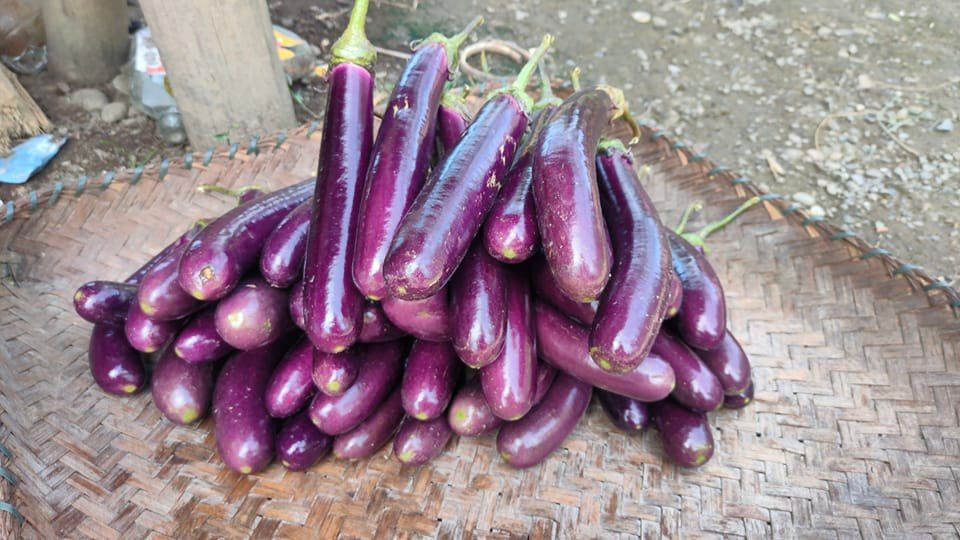GROWING EGGPLANT

GROWING EGGPLANT
"Introduction
It bears fruit, it is related to both the tomato and the potato. It was originally domesticated in India and Bangladesh from the wild nightshade.
Climatic and soil requirements
The climate is very essential in determining the planting times of an eggplant. Eggplants are known to be warm-season crops, they can do well in some amount of cold areas and also can tolerate very low temperatures. The minimum temperature required is 10°C with the maximum being 34°C. Optimum temperatures are between 26°C to 29°C. Eggplants require well-drained loam to sandy loamy soils. They can also grow moderately in a wide variety of soils.
Different varieties of eggplants grow in different shapes, sizes, and colors. The colors vary from white to yellow or green as well as dark purple and reddish purple.
Land preparation and Planting
Soil preparation improves the potential for the profitable production of eggplant. The choice of soil preparation depends on the variety being planted, the plant requirements, and the soil type. Ridging is highly recommended and should be done following land contours.
The advantage of ridging is to keep excess water away from the plant, improve oxygenation in the root system and promote root development.
The seedlings are germinated in trays of at least 124 to 200 seedlings. They take 4 to 6 weeks to reach the maturity stage. The seedlings should be grown in a well-aerated medium that has a good water-holding capacity and a pH of around 6.5. The medium should be enriched and the seedlings should be fertilized.
Deep sowing is highly advised during the warmer seasons.
Before the seedlings are taken from the nursery land preparation should be completed and an irrigation system should be in place. The seedlings should be hardened off before leaving the nursery this is done by ensuring that excessive nitrogen and oxygen are kept optimum.
It is advised to establish seedlings in wet soil. Ensure that the holes on ridges where the seedlings are being transplanted are the same size as the seedling's plugs. This prevents seedlings' uniformity and low production. Sometimes the seedlings are received by the flowers or buds. is recommended to remove them before planting to avoid competition between the plants.
During the growth, period applies the appropriate fertilizers for high production and good crop quality. The best method to irrigate eggplant is drip irrigation to optimize the water levels of each plant. Too much water is not advised in an eggplant farm.
Harvesting
Eggplants are harvested once the fruits are fully matured, firm, and in the appropriate color. They are harvested by hand or using a sharp knife to avoid bruising and damage to the eggplant. The stem does not have thorns hence making it easy during picking. Packaging should be done with care to avoid damaging the fruits before reaching the market.
For more information on the growth and production of Eggplants, you can contact www.stephennaturals.com for guidance and consultancy.